When the weather takes a dive or your power’s been cut, you’ll probably be relieved that you have a kerosene heater handy.
This type of heater is a space-heating and portable device that runs on kerosene fuel, which is a flammable hydrocarbon liquid.
Can you use a kerosene heater indoors? While you can use a kerosene heater inside, there are some important safety precautions to follow.
From what makes these heaters potentially dangerous to what makes them sometimes release an unpleasant smell, here’s everything you need to know about kerosene heater indoor safety.
What Makes Kerosene Heaters Unsafe?
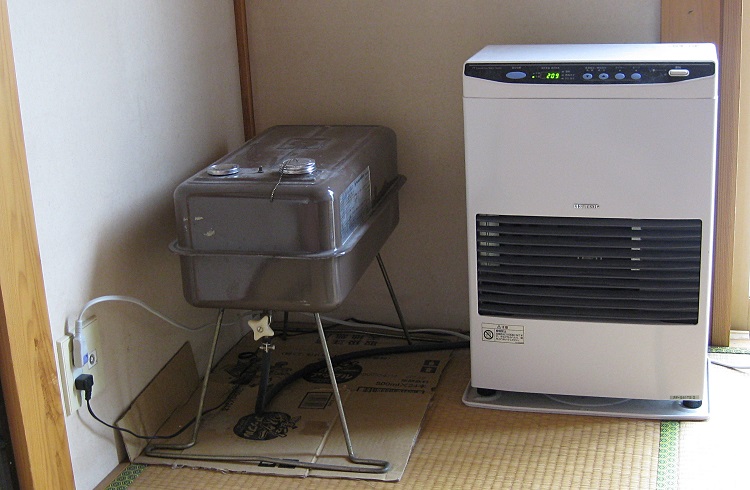
The biggest reason why kerosene heaters can be dangerous for use indoors is that they produce carbon monoxide.
This is an odorless, colorless gas that’s a health hazard. In some cases, it can even be fatal within mere minutes.
In order to prevent your kerosene heater from releasing too much carbon monoxide, it’s essential to have it serviced on a regular basis.
But, the most important thing to do when using a kerosene heater is to ensure that the house is well ventilated so that fresh air can circulate. Leave doors and windows open. Never use a kerosene heater in a room that’s got no air entering or escaping it.
What Are Other Dangers Of Kerosene Heaters?
Although we’re usually told about the carbon monoxide dangers related to using kerosene heaters, these heaters pose other risks.
- Kerosene heaters can cause a fire. As with other heaters, operating them in close proximity to furniture, curtains, or other combustible items can cause a fire. But, if you use the wrong type of fuel in your kerosene heater, this could cause it to explode.
- Kerosene heaters produce indoor air pollution. Carbon monoxide aside, kerosene heaters release pollutants such as nitrogen dioxide, sulphur dioxide, and carbon dioxide. These are all health risks, especially for people who have breathing disorders, cardiovascular diseases, and other health conditions. This is why you need to ensure you use the heater in a very well-ventilated area of the home.
- Kerosene heaters are a burn risk. Again, while you have to be careful when handling any type of heater, a kerosene heater is particularly dangerous for babies, toddlers, children, and pets. Making contact with any part of the kerosene heater above its open flame can cause serious burns. As a result of this, safety cages have become popular for use with kerosene heaters.
What About Unpleasant Odors?
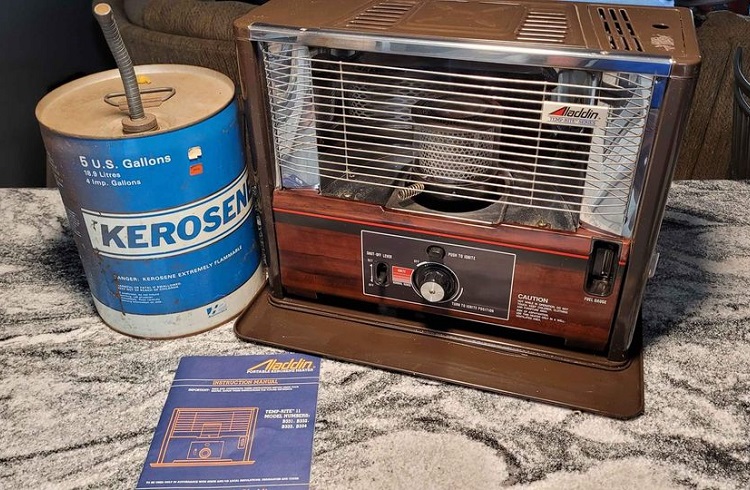
Have you ever noticed that a kerosene heater sometimes releases the smell of kerosene fuel?
This smell can become unpleasant, but you can minimize it. There are many things that can cause bad odors in your kerosene heater, such as:
- You’re using low-quality fuel. If the fuel has a higher level of sulphur or the kerosene is of a low grade, this can cause it to not burn properly. The unburned hydrocarbons in the fuel start to form on the wick and become hard, which makes the kerosene heater less effective while also producing bad odors.
- Some fuel has burned and then dripped onto the heater. Make sure you clean any drips from the heater as soon as they occur and refuel your heater outdoors.
- You’ve used your kerosene heater at a temperature that’s too low. This can cause the fuel to not properly or completely burn, which will lead to unpleasant odors. You should always use the heater on a high temperature, then turn it down just enough to prevent it from producing soot. You must also check the heater user manual so that you know what height the wick should be as if it’s too low this can prevent the heater from burning fuel properly.
Kerosene Heater Alternatives
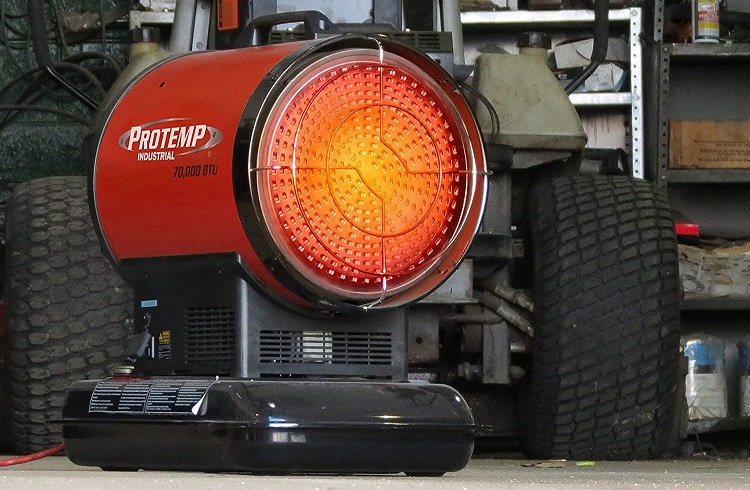
If you don’t want to use a kerosene heater when the power’s out, there are other heat sources to consider.
- Fire up a catalytic gas heater. This type of heater works by heating up an element which releases heat into the room. You can find models that are useful for enclosed spaces, however you will require a propane tank. These heaters are safe because they don’t have an open flame.
- Light many candles. Although you might not think of candles as being strong enough to warm up your home, they can. However, you’d need 20 candles to give you the equivalent of one 1600w space heater. That said, candles release carbon monoxide so be careful and use them in well-ventilated areas.
- Use your fireplace. Of course, if you have a fireplace or wood-burning stove, you’ll be able to have a lovely warm fire in no time. Ensure good ventilation because of the smoke.
- If it’s cold and there’s no electricity to run a heater, wear more layers of clothing and wrap yourself in blankets to stay warm. This is a risk-free option that requires no fuel!
Related Questions
What are some things to look for when buying a kerosene heater?
It’s important to look for safety features on the heater, such as a manual shut-off switch and a safety grill. The heater should also have a positive wick-stop mechanism – this prevents the heater’s wick from getting too short.
Can you use kerosene as a cleaning agent?
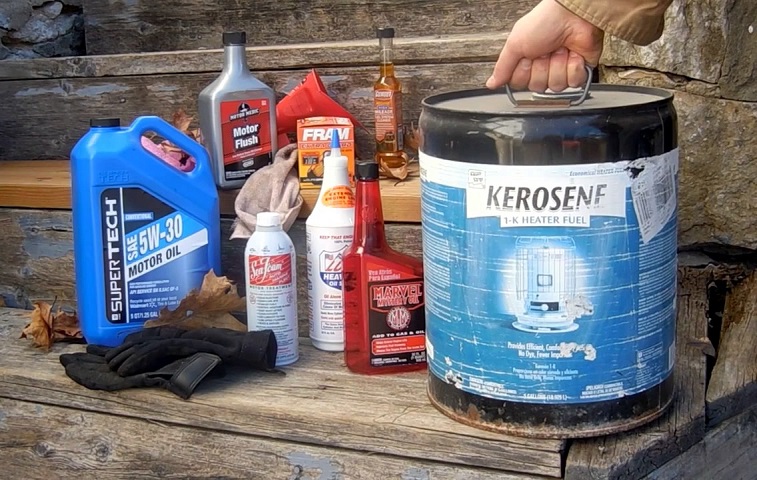
You can use kerosene fuel to clean some items. It’s useful for cleaning motorbike and bicycle chains to eliminate old lubricant oil before adding new oil.
Conclusion
If you want to use a kerosene heater, you should be aware of the risks involved.
In this article, we’ve featured important information to know about operating kerosene heaters safely, and we’ve included heating alternatives if you don’t want to use a kerosene heater unless it’s your last option.
Sources:

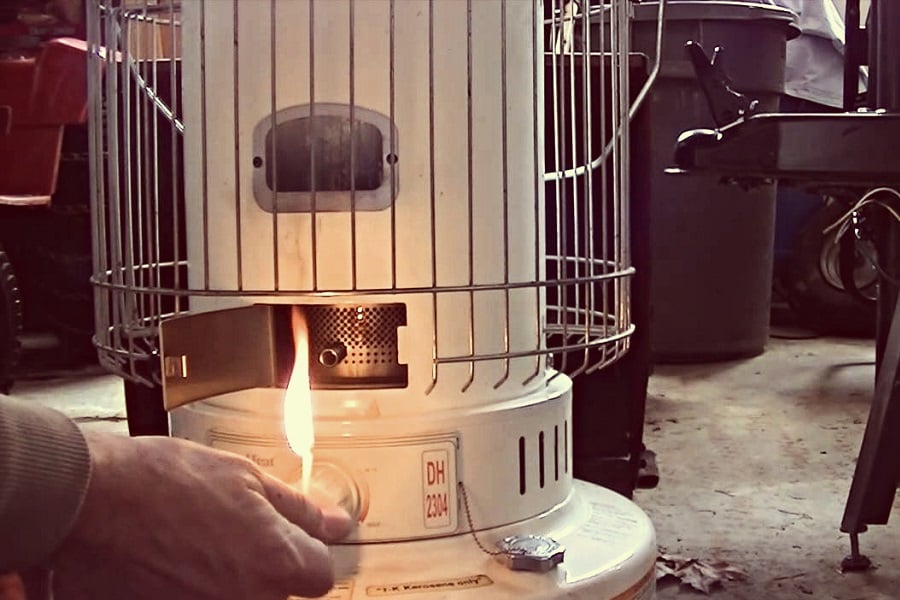
Hi, thanks for this. A/C works well to stay warm too and it is actually the cleanest method of all.